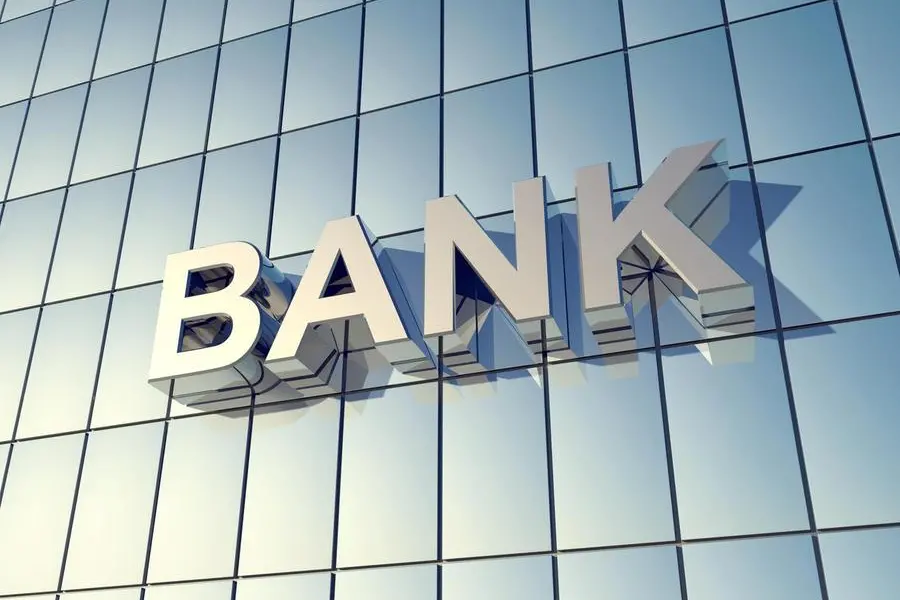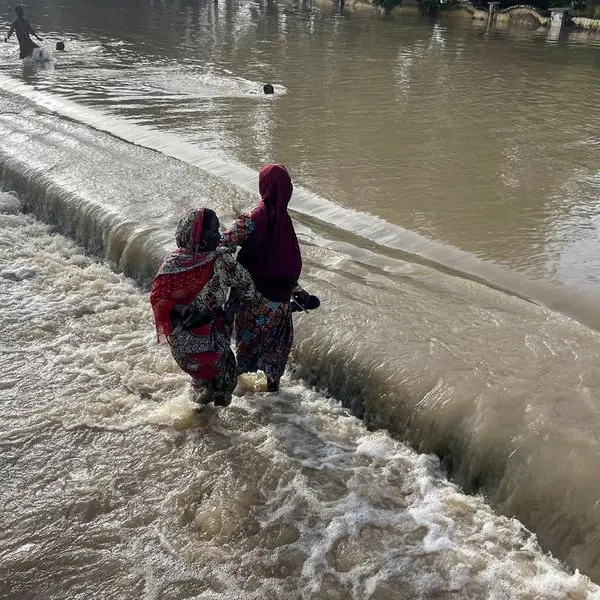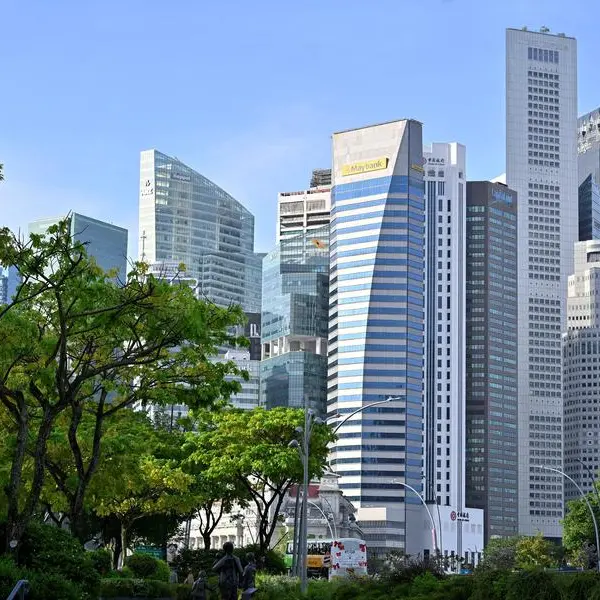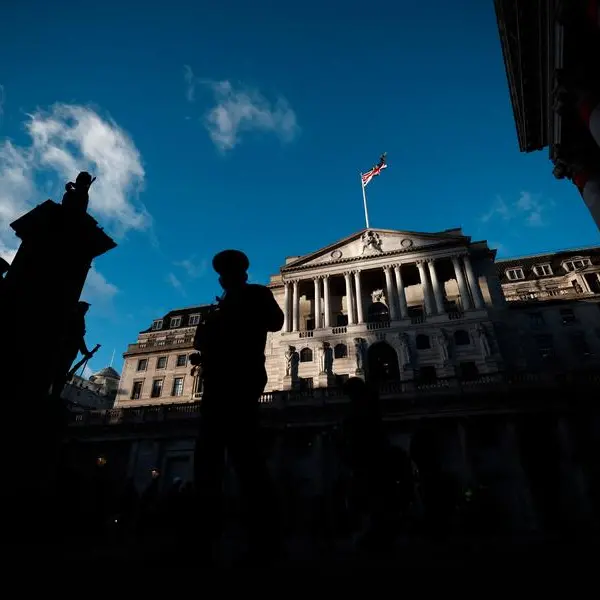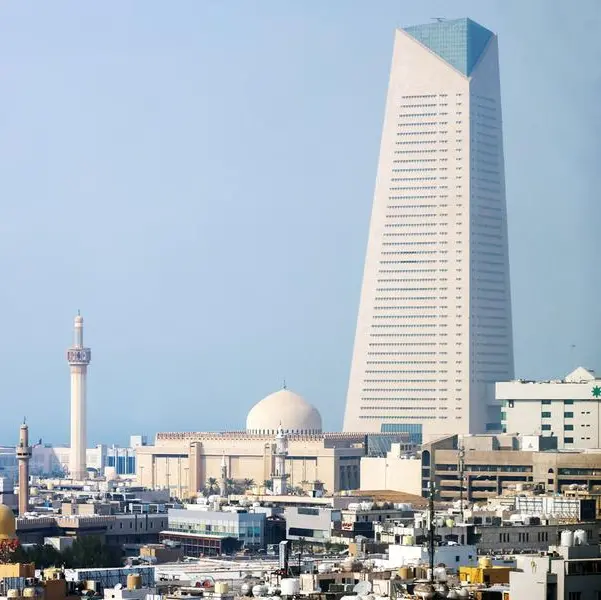PHOTO
GCC banks and banking systems should exhibit broad stability across key metrics in 2024, S&P Global Ratings has said in a report.
Entitled ‘GCC Banking Sector Outlook 2024: A Relative Bright Spot Among Emerging Markets,’ the report said S&P forecasts credit growth and profitability remaining strong for most, but anticipates a slight softening from 2023 levels. In general, the region’s banks will continue to stand out as being well-capitalised, profitable, well provisioned, and (for the most part) liquid.
“We expect broad stability in key metrics across Gulf Cooperative Council banks and banking systems in 2024. We forecast that credit growth and profitability will remain strong for most, but anticipate a slight softening from 2023 levels,” said S&P director of financial institutions ratings Benjamin Young.
The economic environment will support credit demand and credit growth overall is anticipated to be only slightly slower (partly as a base effect but also as banks increase lending caution). This will support profitability, but margins will likely start to narrow by the end of the year, reflecting the lagged impact of anticipated interest rate and higher funding costs.
The ratings agency regards asset quality in the GCC as relatively strong and does not expect much deterioration, given high levels of precautionary provisioning. Leverage is contained but still-high rates will keep cost of risk elevated, particularly in banks with larger exposure to entities that do not depend on government cash flows.
GCC banks’ capitalisation levels will continue to support their creditworthiness in 2024, it said, forecasting risk-adjusted capital ratios to strengthen slightly in all GCC countries aside from in Saudi Arabia, where the fastest growth is expected.
Banks are predominantly funded through strong local deposit franchises for countries like UAE, Kuwait, and Oman, although for Oman, one-third of customer deposits come from the government and their related entities. Liquidity strains could emerge in externally levered systems like Qatar and could rise where domestic funding is growing slower than credit.
Key risks to the outlook seen by S&P but not expected to happen include the worsening geopolitical environment, exposure to higher-risk jurisdictions (including Egypt and Turkiye), oil price volatility, and real estate exposure.
The report further says that headline real GDP growth expected to accelerate in all GCC countries in 2024 aside from Bahrain. Non-oil growth should remain particularly dynamic in Saudi Arabia and the UAE.
“We expect GCC interest rates will remain high but fall by 1 per cent by the end of the year, in step with the US Fed. Inflation will remain close to target and contained by price administration measures,” Mr Young added.
Notwithstanding volatile supply-demand dynamics, S&P expects oil prices to remain broadly stable over 2024, which it believes will support continued fiscal expenditure.
Ongoing or worsening geopolitical tensions pose a risk to this assumption, but weaker-than-expected growth in China could pose downside risks to oil prices, dent sentiment, and lead to some fiscal strain in sovereigns with higher fiscal break-even prices.
Copyright 2022 Al Hilal Publishing and Marketing Group Provided by SyndiGate Media Inc. (Syndigate.info).
